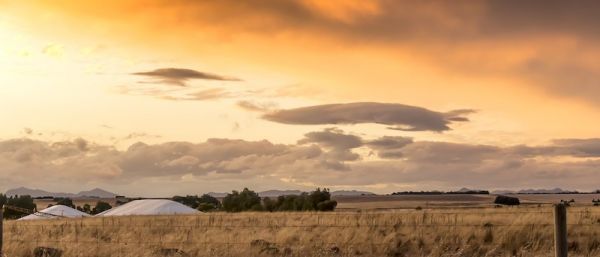|
Under the new approach to Johne’s disease, herds which do not have a biosecurity plan in place by June 30 this year will go straight to a Johne’s Disease Beef Assurance Score (J-BAS) of 0. Therefore, now is the time to start a biosecurity plan for your farm.
Under the new approach to biosecurity, the control of Johne’s disease will be market driven, rather than controlled through regulation. The idea is that market forces will determine which diseases are important and which are not. Thus, each farmer will need to make their own risk assessments for disease based on how much each disease will impact their enterprise. Johne’s disease will be treated as just one of many diseases which producers must consider.
Zoning has been removed and quarantining of properties has ceased as a control measure. Johne's disease is still notifiable if you suspect or confirm the disease, however there will be no other government action taken if a positive case is detected. Producers are free to decide what method they want to use to manage the disease to meet market requirements.
Based on each farmer's decision, resources like farmbiosecurity.com.au, Animal Health Australia and of course vets like us will help provide the framework to control, eradicate and protect farms and regions from different diseases.
To see the new J-BAS scoring system click here
To create a biosecurity plan for beef enterprises click here
To create a biosecurity plan for sheep enterprises click here
|
